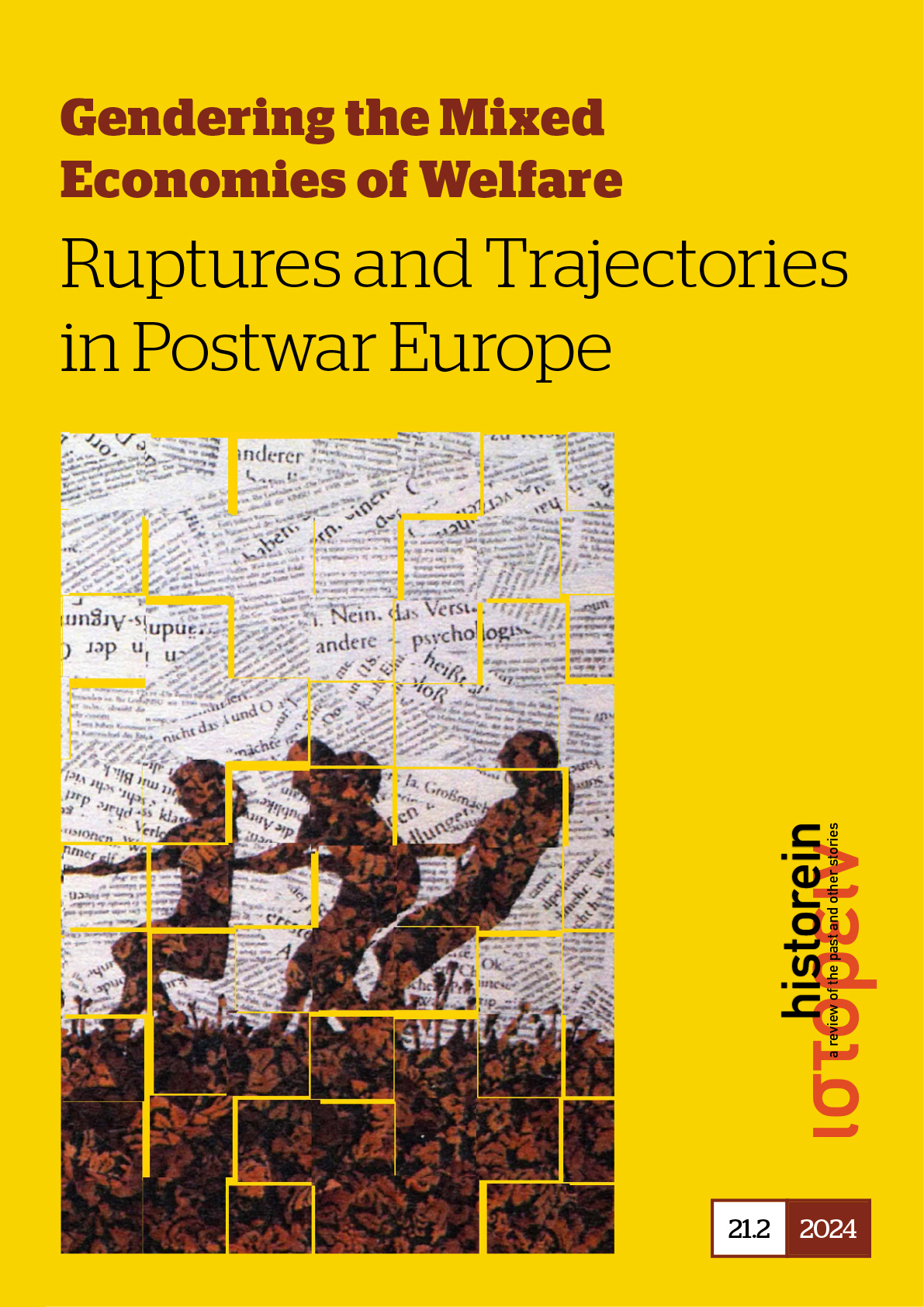No Right to Family Life? Single Mothers and their Children in a “Mixed Economy of Welfare” in Switzerland, 1930s–1950s

Abstract
In Switzerland single mothers, especially from the working class, were rarely able to support themselves and their children as a result of widespread discrimination against women in the labor market throughout the 20th century. Focusing on the case records of the social welfare of the city of Bern from the 1930s to 1950s, the article examines to what extent single mothers benefited from a ‘mixed economy of welfare’. The article points out that after the Second World War, social welfare measures were expanded with the introduction of widows’ and survivors’ insurance and the establishment of family allowances. While these new social insurance schemes undoubtedly brought improvements, the article shows that single mothers continued to experience practices of social exclusions. Especially, the combination of welfare dependency on the one hand, and guardianship measures on the other, often resulted in the out-of-home placement of the children of single mothers.
Article Details
- How to Cite
-
Matter, S. (2024). No Right to Family Life? Single Mothers and their Children in a “Mixed Economy of Welfare” in Switzerland, 1930s–1950s. Historein, 21(2). https://doi.org/10.12681/historein.32564
- Section
- ARTICLES

This work is licensed under a Creative Commons Attribution-NonCommercial-ShareAlike 4.0 International License.
The copyright for articles in this journal is retained by the author(s), with first publication rights granted to the journal. By virtue of their appearance in this open access journal, articles are free to use (with the exception of the non-granted right to make derivative works) with proper attribution for non-commercial uses (licence Creative Commons 4.0). EKT/NHRF retains the worldwide right to reproduce, display, distribute, and use articles published in Historein in all formats and media, either separately or as part of collective works for the full term of copyright. This includes but is not limited to the right to publish articles in an issue of the Journal, copy and distribute individual reprints of the articles, authorize reproduction of articles in their entirety in another EKT/NHRF publication, and authorize reproduction and distribution of articles or abstracts thereof by means of computerized retrieval systems.

